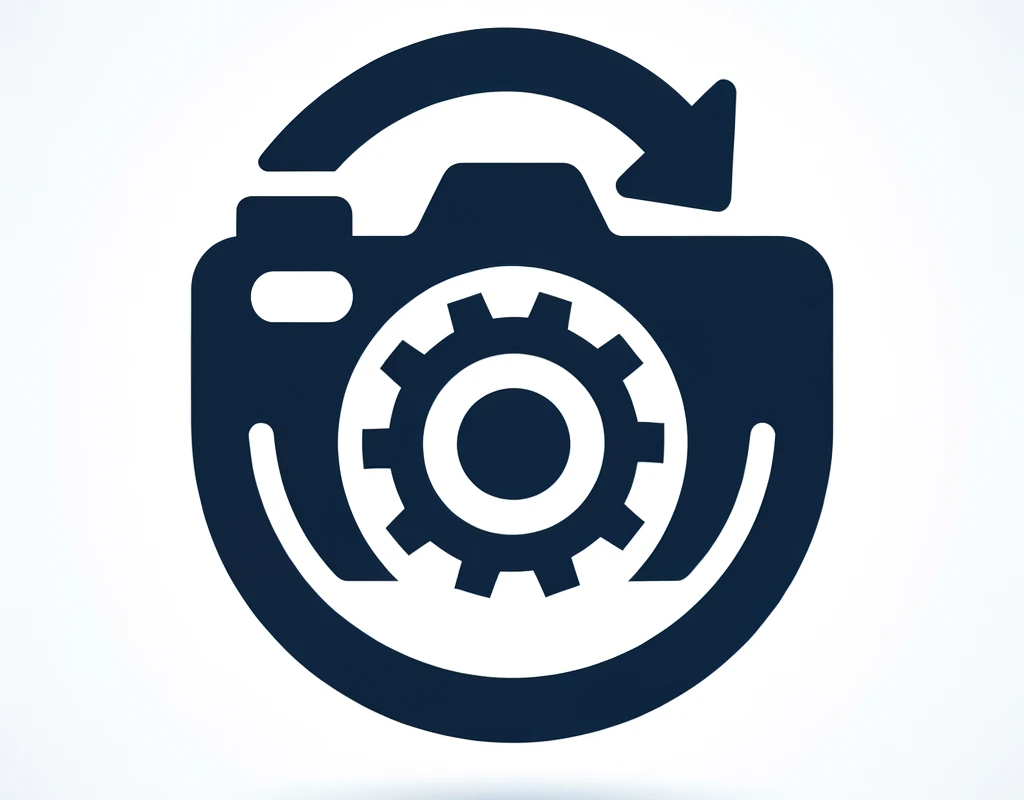Light painting photography, a creative technique that involves long exposure times and moving light sources, can transform ordinary scenes into extraordinary visual experiences. Here’s a guide to get you started:
1. Choosing the Right Equipment
Camera: A DSLR or mirrorless camera with manual mode is essential.
Tripod: Stability is key for long exposures.
Light Sources: LED lights, flashlights, or specialized light painting tools.
Remote Shutter Release: To avoid camera shake.
2. Selecting the Perfect Location
Low Light Areas: Avoid light pollution for clearer shots.
Safe and Legal: Ensure the location is safe and photography is permitted.
Interesting Backgrounds: Adds depth to your light painting.
3. Camera Settings for Optimal Results
Manual Mode: Essential for controlling exposure.
Long Exposure: Start with 10-30 seconds and adjust as needed.
Low ISO: To minimize noise.
Wide Aperture: Allows more light and creative focus effects.
4. Techniques and Patterns
Orb Making: Move a light source in a circular pattern.
Silhouettes: Position someone between the camera and the light.
Abstract Shapes: Freehand movements with lights create unique patterns.
5. Safety and Etiquette
Be Aware of Your Surroundings: Especially in the dark.
Respect Others: Don’t disturb people or wildlife.
Leave No Trace: Keep locations as you found them.
6. Post-Processing Tips
Adjusting Contrast and Brightness: Enhances light trails.
Color Correction: To bring out the vibrancy of lights.
Cropping and Composition: Focus on the most visually appealing elements.
7. Experiment and Have Fun
Try Different Light Sources: Each gives a unique effect.
Collaborate: Work with others for more dynamic compositions.
Keep Practicing: Your skills will improve with every session.
Light painting photography not only captures stunning visuals but also offers a fun, creative outlet. Whether you’re a novice or a seasoned photographer, the possibilities are endless. Remember, the key is to experiment and enjoy the process!










